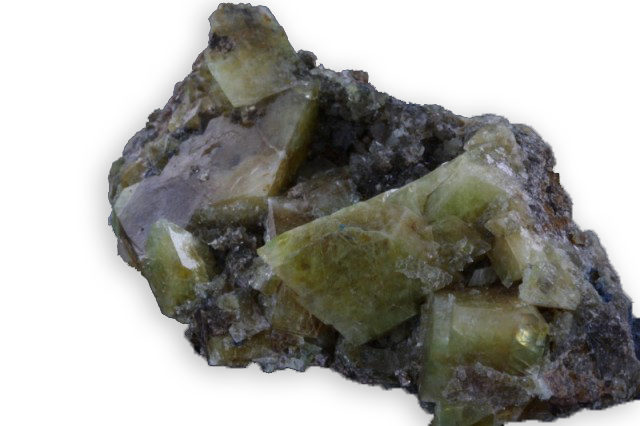
brown
Je vous emmène à travers mes vidéos découvrir mon expérience acquise depuis plus de 30 ans a silloner le globe entier à la recherche de pierres précieuses, de rencontre mémorables mais aussi de difficulté parfois …
actualités
Categories

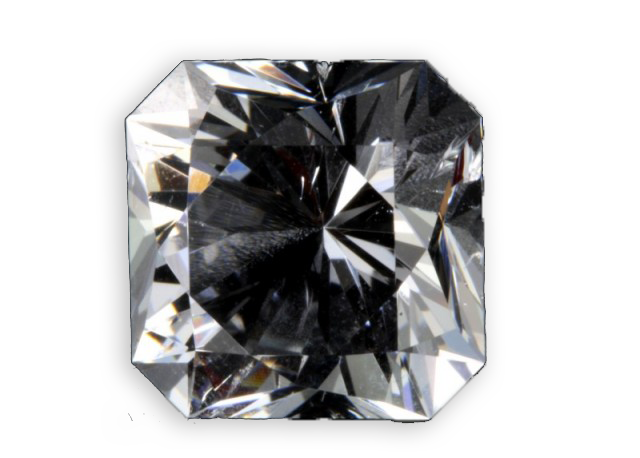
apophyllite
It was identified in 1806 by René Just Haüy, its name comes from the Greek “apophylliso” which means “exfoliates”, “that flakes “ … to heat, friction, acid. There are several varieties according to their chemical composition: rich in sodium, it is the natroapophyllite; rich in
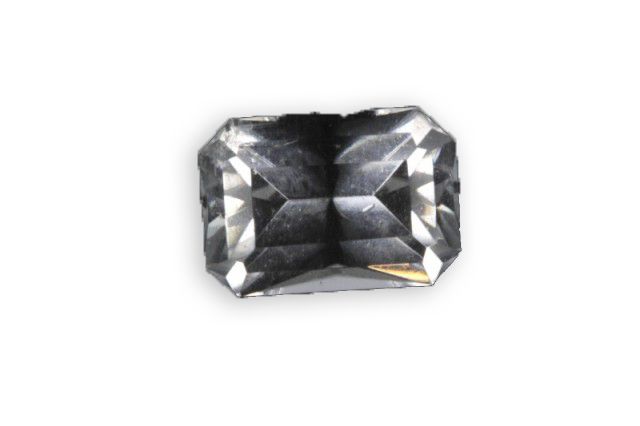
anhydrite
Identified by Werner in 1804, its name comes from the Greek “anhydros” which means without water, as opposed to gypsum, which contains it. A blue variety that comes from Peru is called Angelite. Another variety from Italy (Costa Volpino in Lombardy) is called vulpinite.
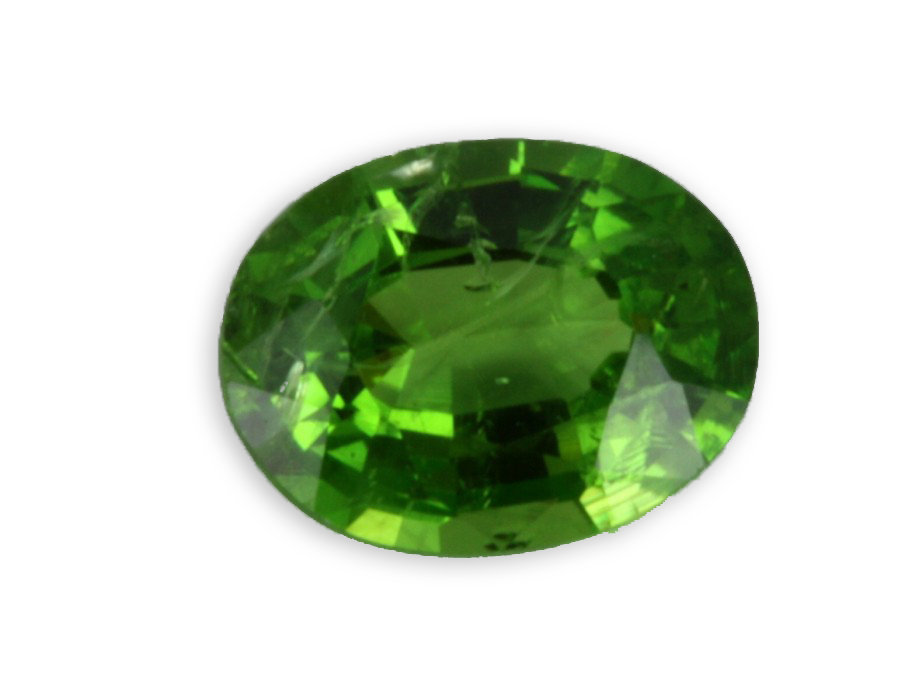
andradite
Andradite: this variety of garnet has been described and identified by Dana, its name is a tribute to a Brazilian mineralogist Jose Bonifacio de Andrada e Silva (1763-1838). Mélanite : black titanoan variety, its name comes from the Greek “black”. Topazolite : yellow variety of
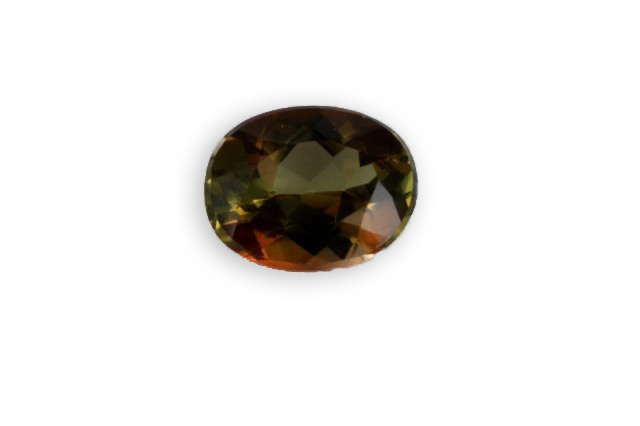
andalusite
Identified by Delametherie in 1798, it was named after a Spanish province, Andalusia, where it was found, near Almeria. Chiastolite the variety, also known as “Stone Cross” is a variety of opaque white to gray andalusite, which comes in elongated prisms which, when cut perpendicular
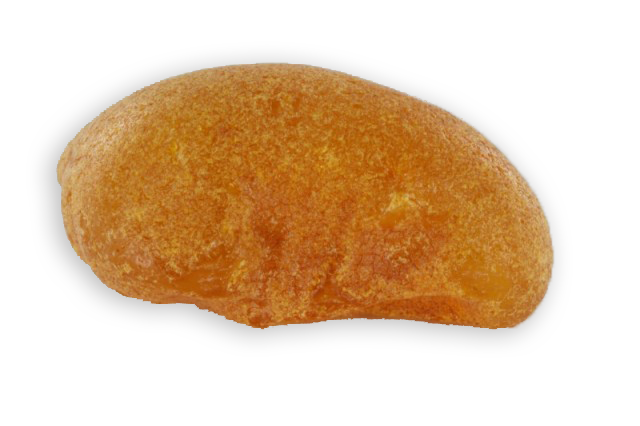
amber
It is a product of plant origin, the fossilized resin of some conifers (pine, redwood, cypress, cedar …) and some angiosperms (legumes, Umbelliferae, Liliaceae). The amber from the Dominican Republic was produced by a kind of tropical tree, now extinct, ancestor of the carob tree,



